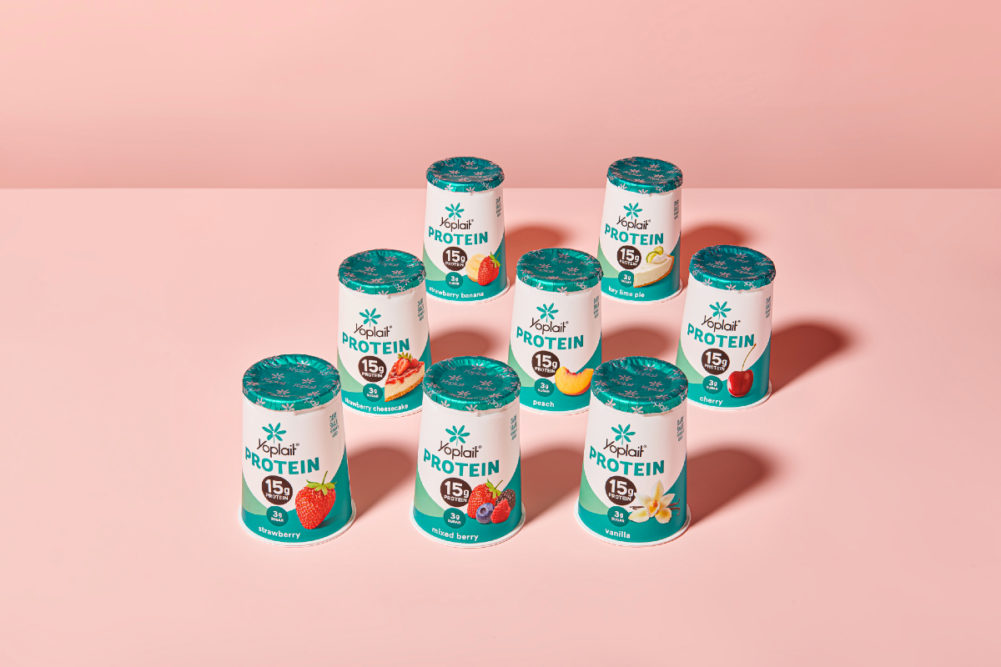DENVER — Consumer packaged goods (CPG) manufacturers are seeking potential acquisitions after a recent dip in activity, according to a new report from CoBank.
The National Bank for Cooperatives’ report said the average per-deal capital investment in 2024 was $53.6 million per quarter, and the number of deals per quarter dropped below 500. That compares with $30.4 million and more than 650 per quarter, respectively, between the third quarter of 2021 and the second quarter of 2023.
Recent M&A activity seems to be increasing, however, as anticipated interest rate cuts and an enhanced focus on streamlining portfolios add to receptivity, the report said.
Billy Roberts, CoBank senior economist, food and beverage, and report author, said recent earnings calls show executives from Mondelez International, General Mills and other CPG companies are open to potential M&A activity, particularly in the snack and better-for-you categories.
“We’re really seeing more manufacturers realize their opportunities to shore up their base where their expertise really is,” he said. “They’re really consolidating where manufacturers feel comfortable and have a really good base established already, especially in those key consumer trending areas.”
Roberts singled out the big M&A deal on the horizon of Mars and Kellanova, which Kellanova shareholders overwhelmingly approved Nov. 1. The $35.9 billion merger would boost Mars’ snacking business by bringing Kellanova’s Pringles, Cheez-It, RXBAR and Nutri-Grain brands under the Mars portfolio umbrella.
Other big-ticket purchases and divestitures mentioned in the CoBank report include J.M. Smucker’s 2023 acquisition of Hostess for about $5.6 billion; Campbell’s $2.7 billion purchase earlier this year of Sovos Brands, manufacturer of Rao’s premium pasta sauce; and General Mills’ recently announced plan to sell its Yoplait, Go-Gurt and Oui brands, among others, to Lactalis and Sodiaal for $2.1 billion.
As CPG companies reposition themselves through M&A, the main goal is to invest in sustainable value that meets consumer expectations, according to the report. Roberts said diversification is another incentive for M&A activity.
“Companies are wanting to have solutions for consumers no matter what the product may be — bars, granola, snacks, chips, pretzels,” he said. “They’re looking for diversification.
“Hershey, for example, some of their acquisitions have been tailored around diversification so they’re not necessarily at risk when it comes to cocoa pricing. They have attempted to pivot away from chocolate to more gummies and other products. They’re not abandoning chocolate confections. They’re never going to do that, but they’re making sure they have something to meet that consumer demand.”
Distribution opportunities also influence M&A decisions, Roberts noted, since availability of a product is likely to matter more to consumers than which CPG company owns a particular brand.
“I chatted with Smuckers’ representatives at CAGNY (the Consumer Analyst Group of New York conference) last year, and a lot of that Hostess acquisition was to broaden their distribution into c-stores,” he said. “I think a lot of these companies want brands to broaden distribution into different channels.”
Moving into 2025, the report said M&A activity will continue in healthier snacks and plant-based products. Consolidation is expected in the plant-based meat alternatives segment, where Roberts said there are a lot of smaller brands and limited category growth.
“There are still more brands than consumers are looking for out of that sector, and there’s also repetition in that space,” he said. “We’ve seen some of those brands’ success stories in restaurants, but they have been few and far between. We could see some of those brands gobbled up.”
Private equity has a role to play in parts of the CPG industry where growth opportunities are recognized, Roberts said.
“I can see private equity in the plant-based space, maybe in some beverages,” he said. “We’re starting to see some uptick activity in carbonated soft drinks, which have been pretty much dead by the side of the road the past couple years. Cell-cultivated might be a longer-term opportunity, and some of those could use the funding and don’t necessarily have the track record to appeal to a large company.”

